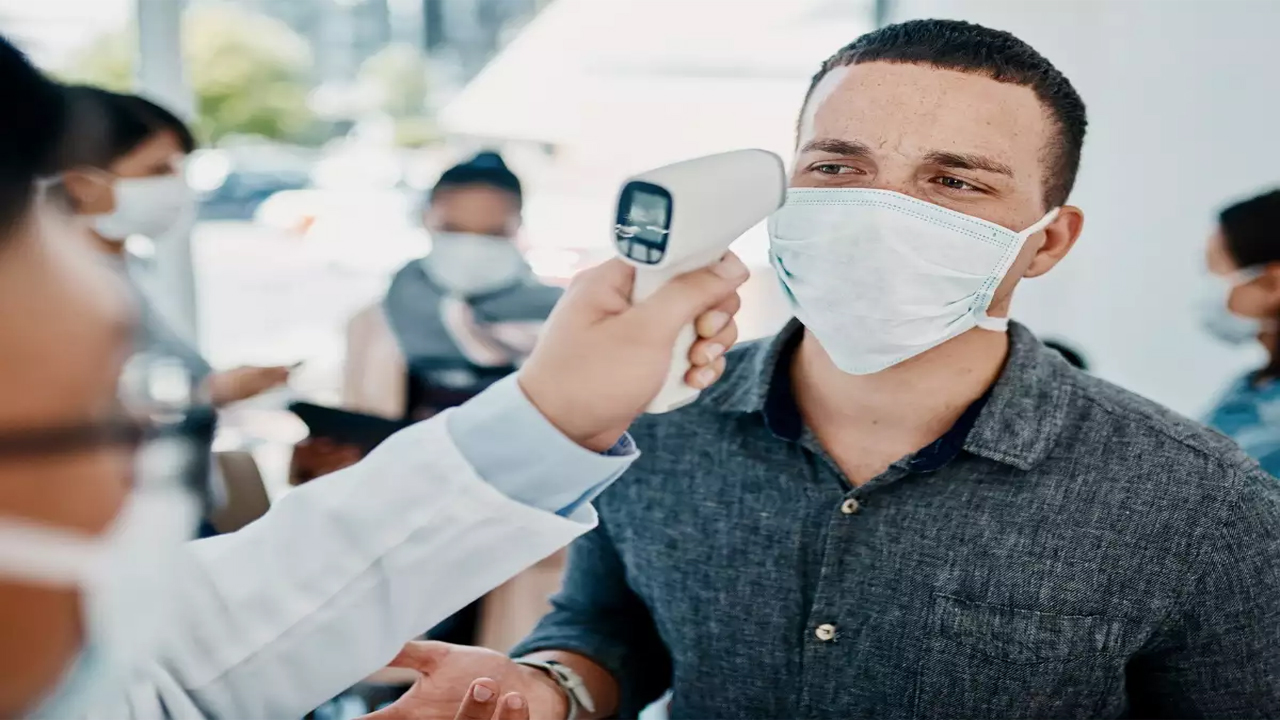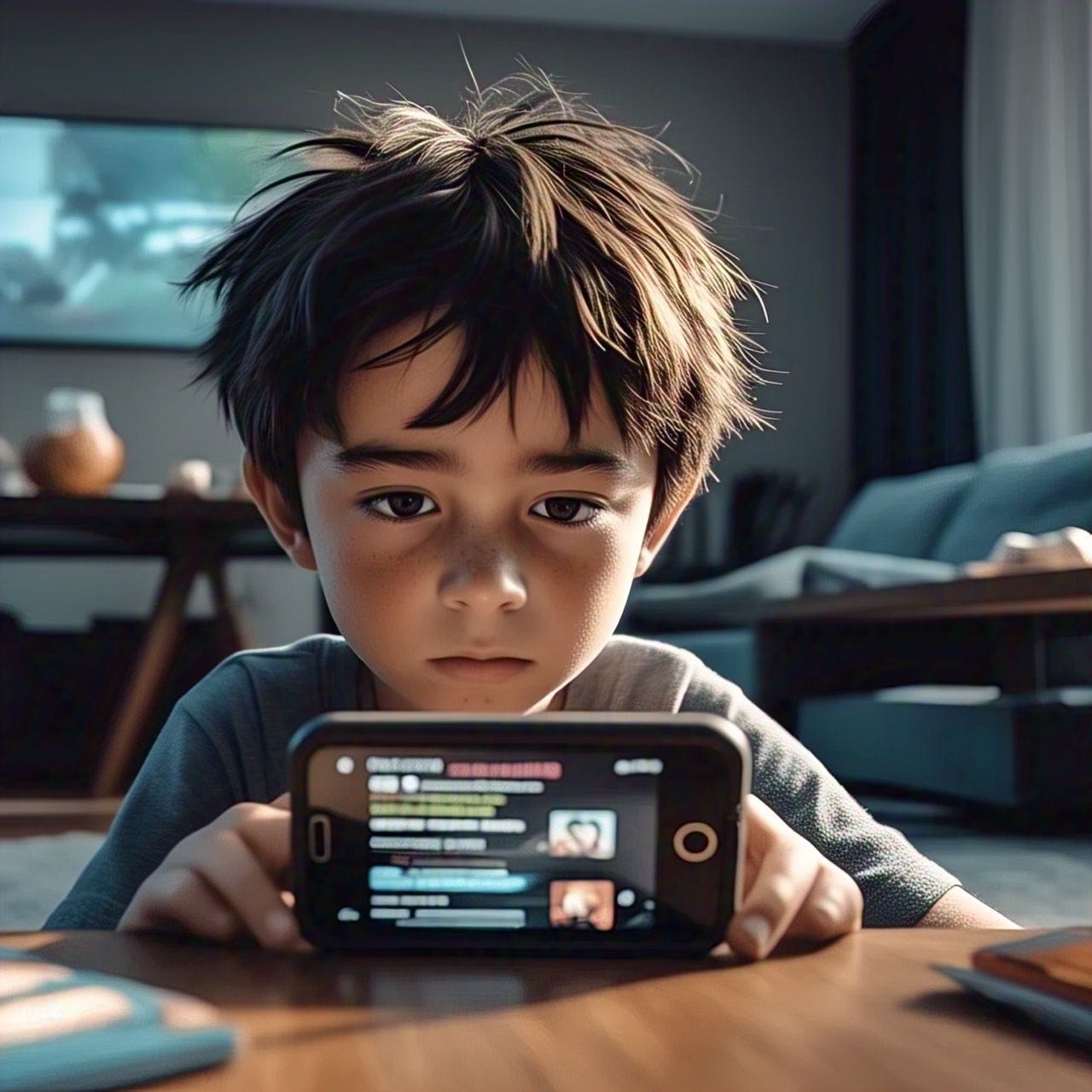A study has claimed that India may have reached herd immunity with about 380 million or 38 crore people already infected.
The detailed study published in the Indian Journal of Medical Research (IJMR) claims to have used susceptible-asymptomatic-infected-recovered (SAIR) model to assess the impact of the lockdown and make predictions on its future course.
“The SAIR model has helped us understand the disease better. If the model is correct, we may have reached herd immunity with about 38 crore people already infected. However, personal protective measures remain crucial,” the authors Manindra Agrawal, Madhuri Kanitkar and M Vidyasagar were quoted in the study as saying.
The study strongly advocates the fact that a timely lockdown may have reduced the fatality of coronavirus cases in India. It also claims that without a lockdown intervention led by the Indian government in the month of March, Covid-19 infections would have peaked by June 2020.
“If there was no lockdown, the number of active infections would have peaked at close to 14.7 million (1.4 crores), resulted in more than 2.6 million (26 lakh) deaths, and the peak would have arrived by June 2020. The number of deaths with the current trends may be less than 0.2 million (2 lakhs),” notes the study.
Method and modelling:
The standard mathematical models could not explain the role of asymptomatic cases in the unfolding of the pandemic, the study noted. A new model was used which was developed on lines of SAIR.
“There is a paucity of data on the behaviour of the virus among the Indian population. Limited testing capability in India at the time of onset of the pandemic, non-availability of standardized tests for serosurveillance and non-availability of data on asymptomatic cases were other limitations. In the current Covid-19 pandemic, a large fraction of the population showed little or no symptoms,” said the study.
Four parameters were used, namely:
Measures the likelihood of the susceptible people getting infected, and denotes recovery rate of patients. The ratio is denoted by R0 (basic reproduction number).
Pandemic progression in India:
The actual data suggested a peak in coronavirus cases in India on September 17, 2020. The model overestimates the actual growth by around 1.5 per cent and the peak arrives four days later. Cumulative deaths are predicted to be around 0.2 million.
The and values for the last phase imply R0 value around 1.39, and the herd immunity for this value of R0 at around 28 per cent of the population in A, I and R categories.
According to the study, around 3.9 million (39 lakh) population was infected or with antibodies at the peak. On September 17, the numbers in I and RI categories were around 5.2 million (52 lakh). Using the 1/ value (=67) of phase 6, the model predicts the total population with infection or antibodies to be around 3.5 million (35 lakh).
Story Source: www.indiatoday.com

 The study strongly advocates the fact that a timely lockdown may have reduced the fatality of coronavirus cases in India
The study strongly advocates the fact that a timely lockdown may have reduced the fatality of coronavirus cases in India









.jpeg)




.jpeg)





.jpeg)









.jpg)


.jpg)
